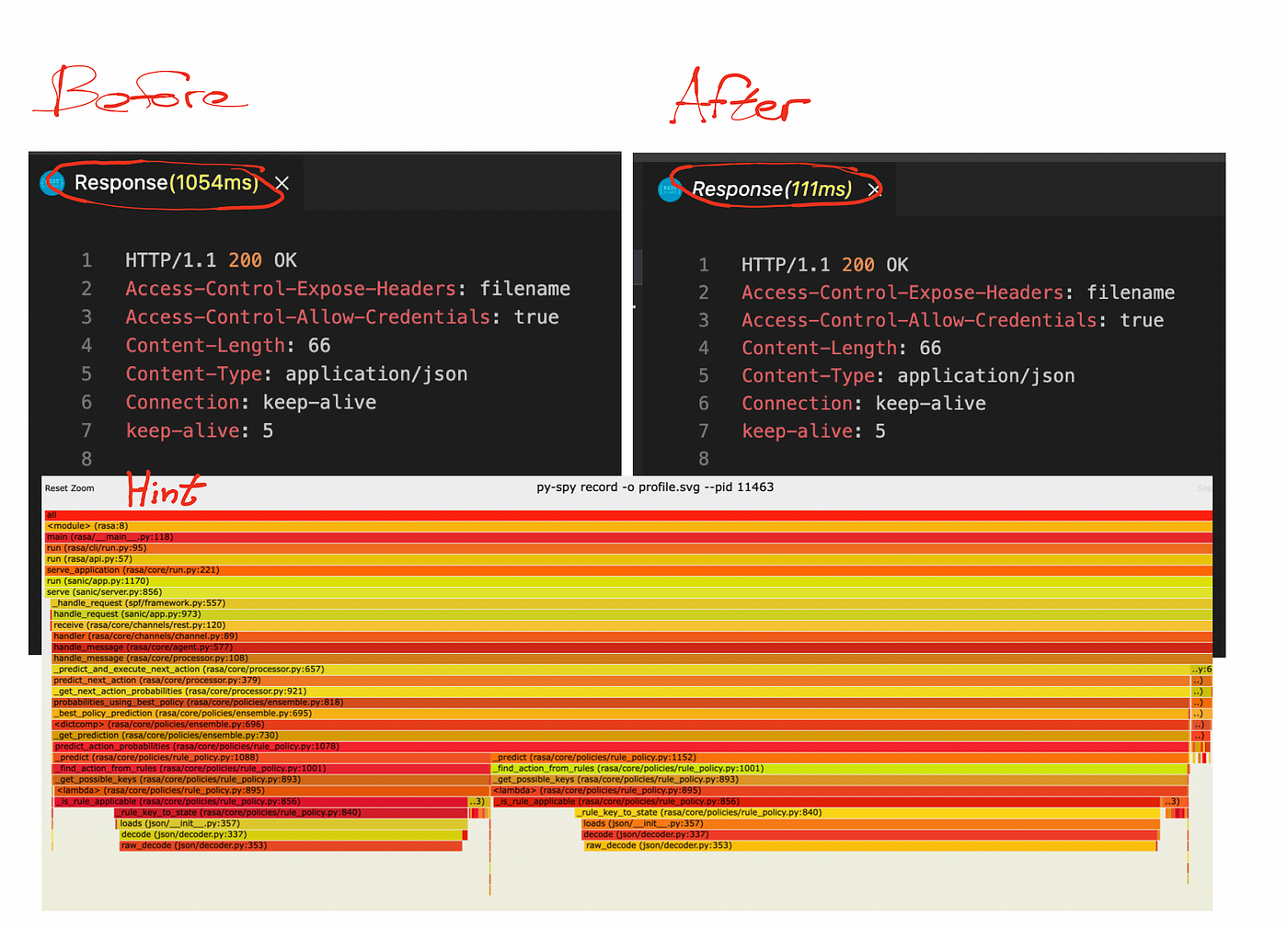Spy-6 Vs Spy-7 - The Air and Missile Defense Radar (AMDR), also known as SPY-6, is a next-generation integrated radar that provides surface and air defense as well as surface combat capabilities on board the US.1
The SPY-6 is shown on Class III Arleigh Burke Guided Missile Destroyers. The radars should be 30 times more powerful than the current SPY-1 radar.2 SPY-6 development
Spy-6 Vs Spy-7

The SPY-6 radar was introduced in the early 2000s and was designed to provide air defense, ballistic missile protection and support of surface combat operations. SPY-6 has three main components: the AMDR S-band radar, which provides volumetric detection, tracking and missile discrimination; the AMDR X-band radar, which provides horizon and surface detection, precision tracking and terminal illumination; and the AMDR Radar Suite Controller, which configures and integrates two radars. The Navy is delaying the AMDR-X deployment and plans to use the AN/SPQ-9B for the first Arleigh Burke Flight III ships. He plans to buy 22 AMDR systems.
Next Gen Bmw 7 Series Spied Hiding Updated Lights
In 2013, the Missile Defense Agency awarded a $385.7 million fixed-price contract to develop the radar.3 The first SPY-6 was delivered in July 2016, and is now being installed in the United States. Navy's Pacific Missile Range Facility in Hawaii. The system is expected to be tested in the field in 2021 with the first control scheduled for 2023.4 specification.
The SPY-6 includes an S-band AESA radar for air and missile defense, an X-band radar for horizon detection, and a command and control integration center.5 The AMDR is the first radar designed with the Radar Modular Assemblies (RMA) building blocks, which allows the radar to be reduced smaller or larger. The Radar Modular Assemble (RMA) system consists of 2' x 2' x 2' scalable radars that can be fitted to different ships depending on their mission. RMA blocks use gallium nitride (GaN) which requires less space, power and cooling.6
The SPY-6 radar can also create a digital beam that can achieve precise tracking and is capable of electronic attacks.7
The SPY-6 will be 30 times more sensitive than the radars currently deployed on the Arleigh Burke Destroyers, and it will be able to handle 30 times the targets of the SPY- 1.8
The Biological Bulletin. Biology; Zoology; Biology; Marine Biology. Pg Fir.. 1. Primitive Bisexual Gonad Of A Yun^ Clam Soon After Formation Of The Lumen. 7, Indifferent Cell; Cp.c., Follicular Cells; Dc.,
The SPY-6 may have offensive capabilities, including the ability to conduct electronic attacks with its electronic scanning electronic antenna (AESA). The ASEA complex can attack aerial or surface levels through "powerful beams of powerful radio waves" that blind enemy assets.9
"The AMDR provides multi-mission capabilities, while also supporting long-range, airborne detection, tracking and discrimination of ballistic missiles, including Area and Self-Defense Forces. Self-Defense Against Air and Surface Threats. and bandwidth than existing radar systems for installations of advanced ballistic missiles in the required areas to detect, track and support, at the same time as area and self-defense against air and surface threats. the discipline to detect, respond and engage and suppress Very Low Visible / Very Low Visibility (VLO / VLF) threats in the face of heavy land, sea and rain. 10
SPY-6 offers many improvements over SPY-1. The first is scalability. The SPY-6 is built with consistent 2'x2'x2' Radar Modular Assemblies (RMA), allowing customized radar outfits for different mission combinations. According to Raytheon, the prime contractor for SPY-6, the 37 RMA-configured SPY-6(V) offers +15 dB SPY-1 capability, which translates to the ability to detect targets of "half the size of twice the distance .”12 SPY-6 also has 70% fewer special parts, simplified maintenance, energy (to make the electronic array radar) to produce multiple, synchronous and more powerful beams in more difficult radar environments. It also has potentially destructive capabilities, including the ability to conduct electronic attacks with its electronic scanning electronic antenna (AESA). The ASEA array can attack air or surface levels through "powerful beams of high-energy radio waves" that blind enemy assets.

Although the current SPY-6 radar represents a significant improvement over the SPY-1, its original design is larger and more powerful. The 22-foot AMDR was originally planned to join the Navy's CG(X) fleet, replacing its aging Ticonderogas. However, the Navy found CG(X) too expensive at $6 billion for the ship, and its design was too risky. It was decommissioned in April 2010 and was replaced by the Arleigh Burke Flight III, which could install a radar up to 14 ft.14.
La: Cold War Lounge: The Asset. Flashback To An Era Of Spy Vs. Spy
Many defense observers have criticized the Navy's move from CG(X) to DDG-51 Flight III. According to GAO, the Navy's 2009 radar/hull study supported this move and "considered the threat environment to be significantly reduced by other Navy analyses," and that the 14-foot AMDR would be "very effective." assessments, and officials insist that the DDG-51 hull form meets the radar requirements to meet new threats. But if true, it raises concerns that the Navy inflated the basic radar requirement for its Aegis carrier or lowered its threat projections to speed up the procurement process.
Pentagon review agencies have also raised concerns about the SPY-6 test. The Navy and DOT&E have been at odds over the requirement for a self-defense test ship (STSS) with Aegis and SPY-6.16 since early 2013. take what is necessary. Materials to test the Air Force III Aegis ships - including the AMDR and its weapons. The new ACS is supposed to be aboard the Self Defense Test Ship (SDTS), but the Navy has delayed this project. This is very problematic from a test and evaluation point of view. A report on shipboard radar testing states: "Only at sea, with real shipboard equipment and a marine environment, can the SPY software program be tested to its limits."17 A real test of the SPY-6 radar is necessary, and should never be necessary. Delay due to the Navy's fear of a shortage or decrease in shipbuilding funds. With the ever-evolving landscape of threats, our heroes get worse every day. They rely on reliable, advanced technology designed for their unique network of assets.
Built to meet the demanding, real-time, and demanding needs of our national and international customers, the Aegis Weapon System is built on 50 years of evolution and innovation. Its simple architecture allows it to fulfill a number of missions - which is why it is the most popular combat system in the world.
Backing Aegis is a radar technology called SPY-7. Simply put, it is the world's most advanced radar technology that delivers value for money.
Lqd As A Tell And The 5% Rule For Spy
With a planned deployment of over 24 platforms in four different countries, this is why SPY-7 is the most powerful radar in the world:
When it comes to missile defense, you can't go wrong. You need a system that works now and always. It should also be easy to upgrade as future threats arise.
The core technology of the SPY-7 is based on the Low Range Radar (LRDR) project. The US government has set a Technical Readiness Level 7 - meaning that students are now ready for job placement.

SPY-7 uses gallium nitride (GaN) as a building block material, which allows the radar to cool better - increasing and maintaining performance. Instead of scanning an area once, the radar consists of thousands of small scanners that cover the inspection area. This internal structure makes it easy to update the radar as threats evolve.
Privacy Anti Spy Screen Protector Guard Shield Armor For Iphone 8 7 6s 6 Plus
Through collaboration with the governments of the United States, Spain, Japan and Canada, Lockheed Martin's Solid State Radar (SSR) technology provides advanced protection to nations around the world with the capabilities of the wind and the power of the arrow.
To see how talented SPY-7 is, look no further than the four countries around the world - and counting - they have chosen to protect their citizens:
After the US government named its SPY-7(V)1 variant, the US government named Spain's SPY-7 radar the SPY-7(V)2.
"This award is a true reflection of the maturity and strength of Lockheed Martin's digital radar technology," - Paul Lemmo, vice president and general manager at Lockheed Martin.
In Israel The Big Debate Is Now Spy Technology Vs. Human Assets
The Spanish SPY-7 naval radar will go to sea in 2026 on the first F-110 fighter jet to protect the Spanish warships from new threats of war.
SPY-7 is used by the Royal Canadian Navy for the Canadian Surface Combatant (CSC). With this project, Canada will have the second largest Aegis aircraft in the world next to the US Canada's SPY-7 radar type and will allow CSC to conduct highly advanced maritime missions for decades.
Canada's new warships include the world-renowned Lockheed Martin Canada and the Canadian-developed CMS 330 combat management system.

Equipped with the latest technology, the latest radar-based technology, the persistent missile defense system will include the SPY-7 radar and its deployed Aegis Combat System, which can further protect Japan.
Full Anti Spy Privacy Ceramic Tempered Glass For Realme 10 9 Pro Plus + 9i 8 8i 7 7i 6 6i 5 5i 3 Pro Xt Narzo 50 50i 20 30a 50a
Designated as AN/SPY-7 by the US government, SPY-7 and the missile defense system defend against ballistic missile threats.
A radar like SPY-7 works
Spy x family 6, spy vs spy book, iphone 6 spy, door spy ds 6, spy vs spy hoodie, spy pen bpr 6, spy vs spy patch, spy 6, voo vs spy, vti vs spy, qqq vs spy, spy 6 radar
0 Comments